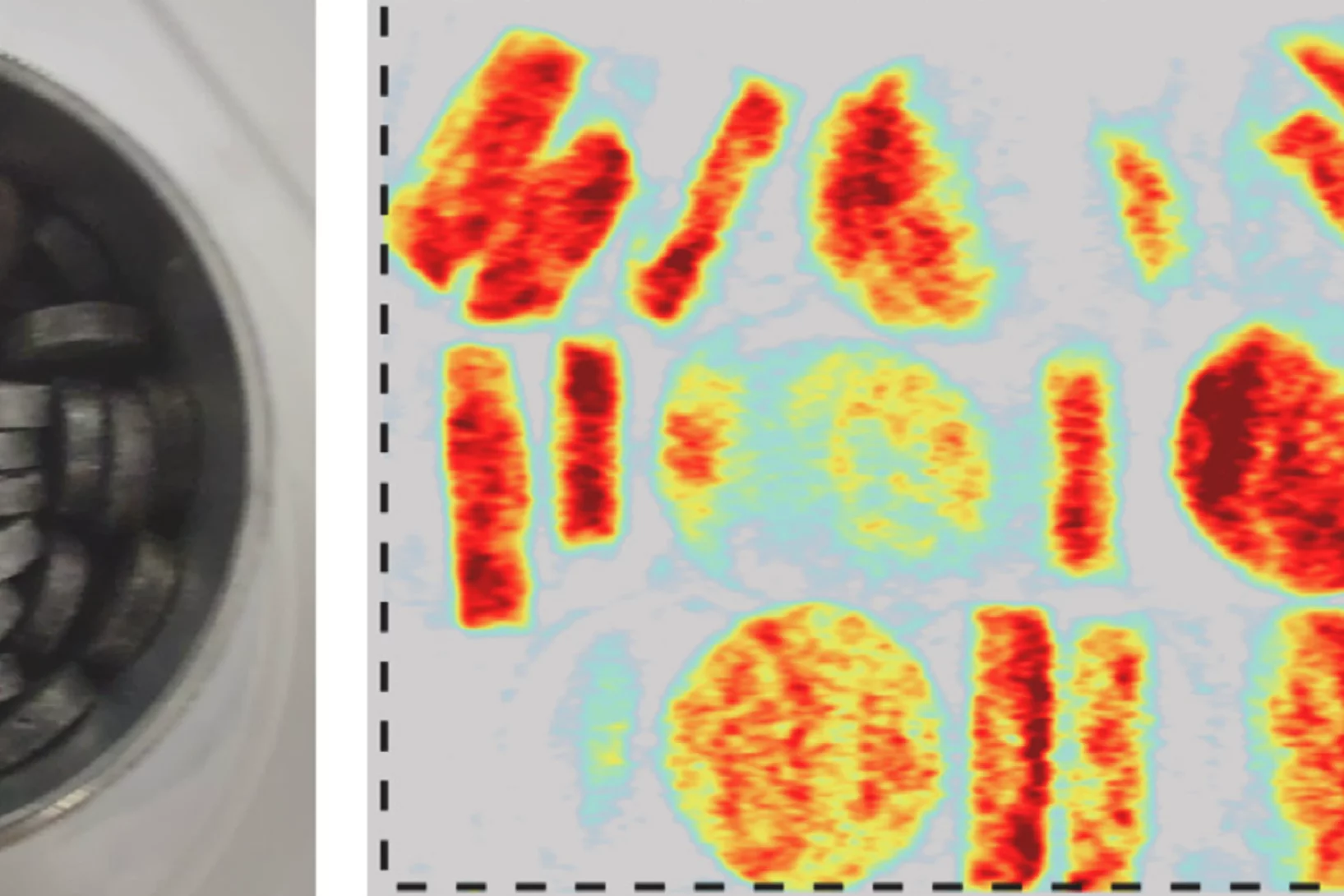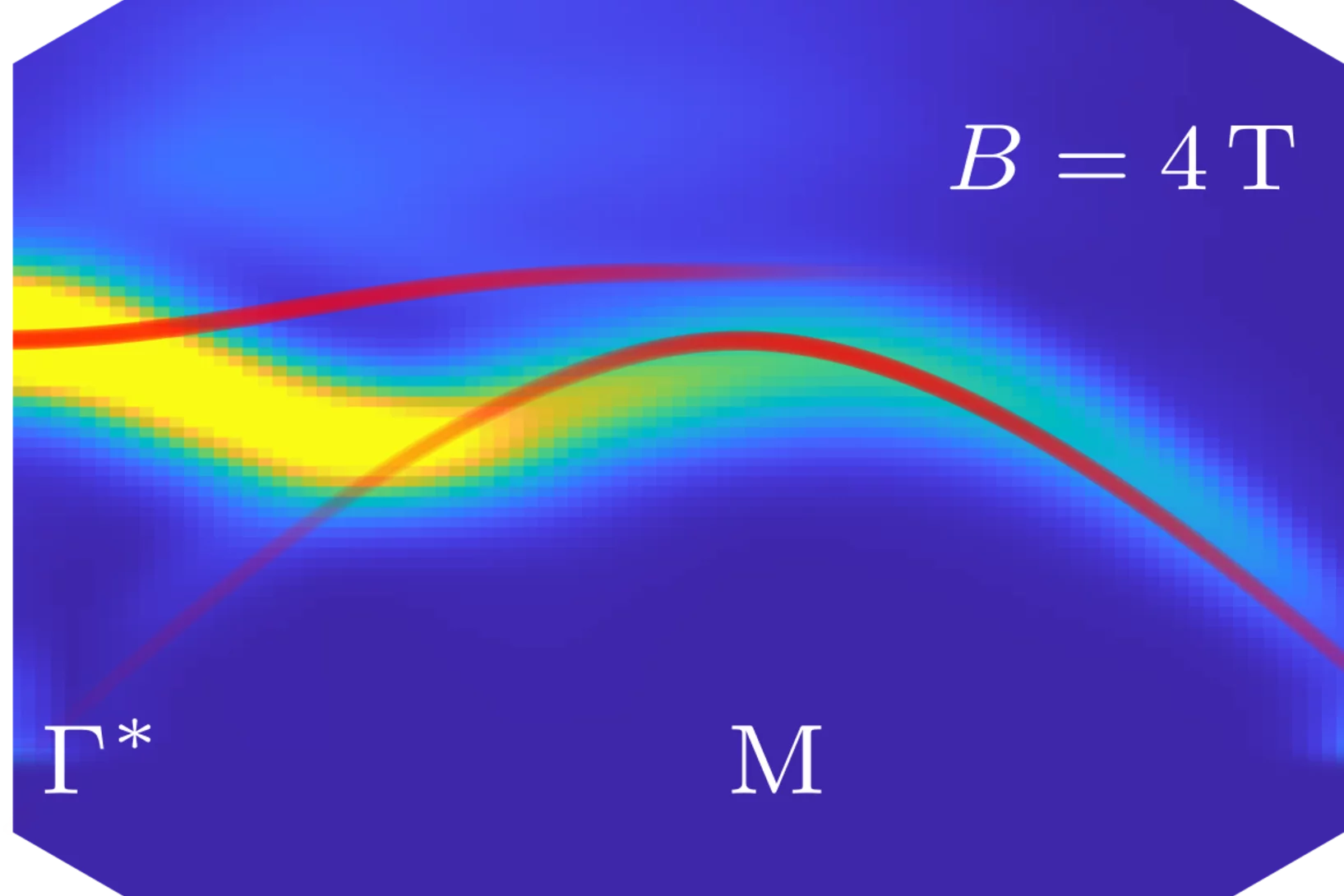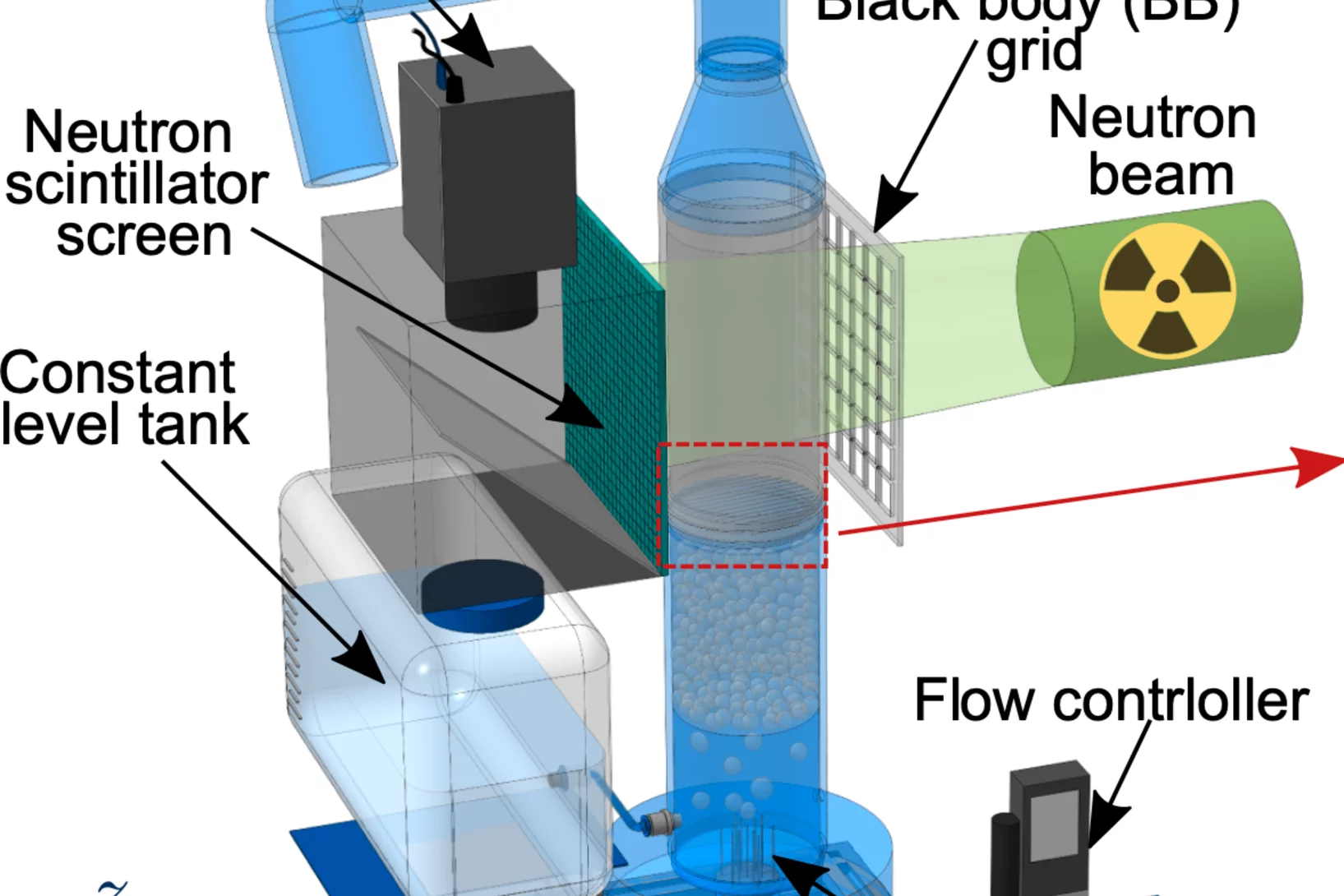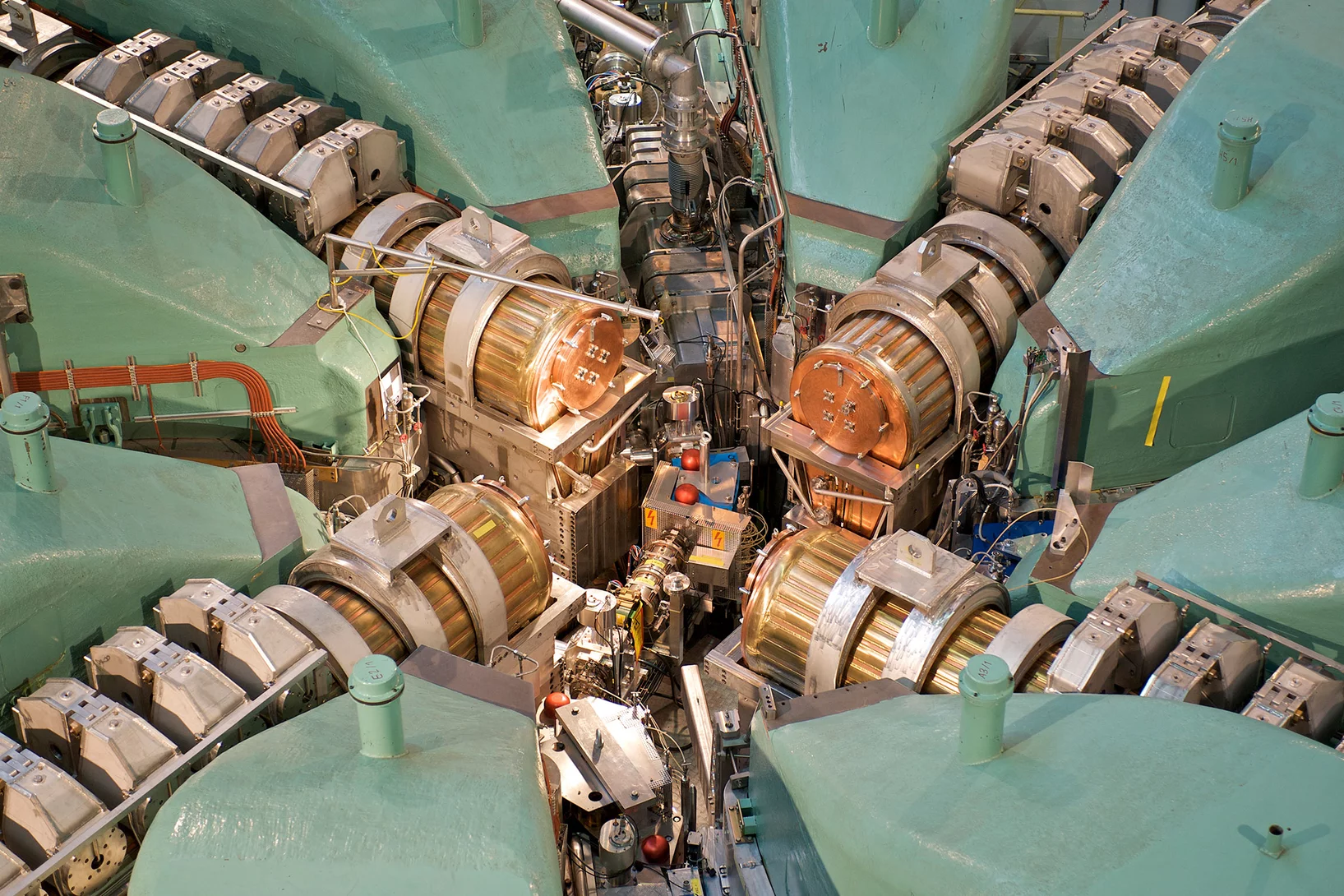Neutron scattering techniques are highly versatile and powerful tools for studying the structure and dynamics of condensed matter. A wide scope of problems, ranging from fundamental to solid state physics and chemistry, and from materials science to biology, medicine and environmental science, can be investigated with neutrons. In addition to scattering, non-diffractive methods like imaging techniques allows for non-destructive inspection of materials and components, providing information on their internal structure, composition, and integrity with growing relevance also for industrial applications.
The spallation neutron source SINQ is a continuous source - the first and only one of its kind in the world - with a flux of about 1014 n/cm2/s. Beside thermal neutrons, a cold moderator of liquid deuterium (cold source) slows neutrons down and shifts their spectrum to lower energies. These neutrons have proved to be particularly valuable in materials research and in the investigation of biological substances.
SINQ operates as a user facility, meaning that scientists and research groups from around the world can apply for beamtime to conduct experiments using its various neutron instruments.
Latest News
The recent proposal deadline passed on 15 May 2025. The results of the evaluation have been published on 17 July.
The next call is planned for fall with a submission deadline on 15 January 2026.
Latest Scientific Highlights and News
In-situ neutron tomography study of a dehydrating and hydrating packed bed for thermochemical heat storage
To study the heat and water vapor transport and reaction kinetics in a packed bed of thermo-chemical material on both reactor and tablet level, an in-situ neutron imaging study of a dehydrating and subsequently hydrating packed bed consisting of cylindrical K2 CO3 tablets was performed at the Paul Scherrer Institute ...
Field-Induced Magnon Decay, Magnon Shadows, and Rotonlike Excitations in the Honeycomb Antiferromagnet YbBr3
The search for new quantum many-body phenomena in magnetic materials has a strong focus on highly frustrated systems and the resulting quantum spin-liquid state. However, even unfrustrated magnetic materials show a multitude of unconventional features in their spin excitation spectra. By using the synergy of ...
Generating structured foam via flowing through a wire array
Efficient manufacturing methods could unlock foams with tailored, anisotropic properties. Conventional foam production methods rely on the self-arrangement of bubbles, typically leading to isotropic materials, or involve intricate additive layering processes. This study presents a simple, passive technique to modify the foam structure. A set of thin parallel wires ...
User Contacts
Office hours
Monday through Friday from 8:00-11:30 and 12:30-17:00
otherwise please contact us per email
User Office
Provides all information about user access to the PSI Large Research Facilities
DUO Login
Direct link to the Digital User Office




